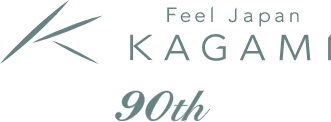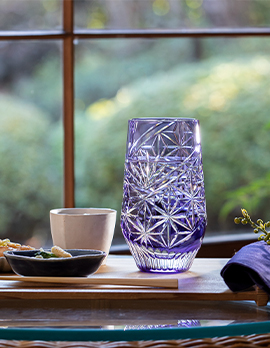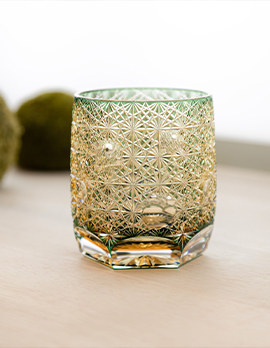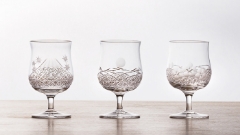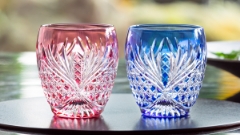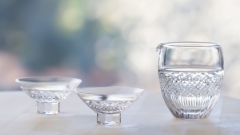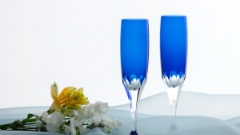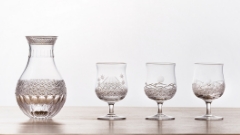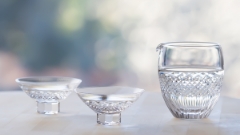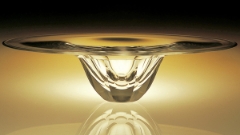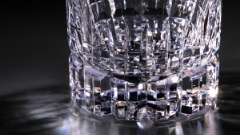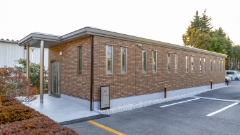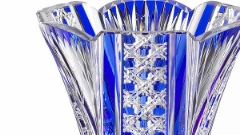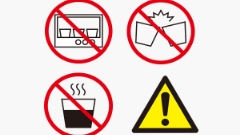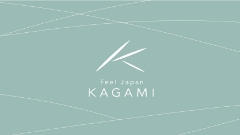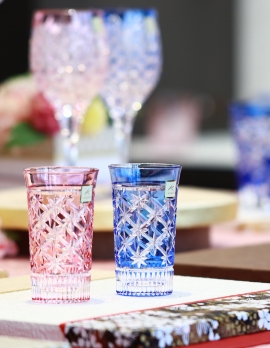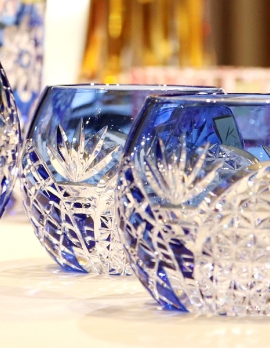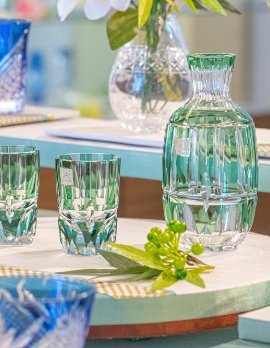
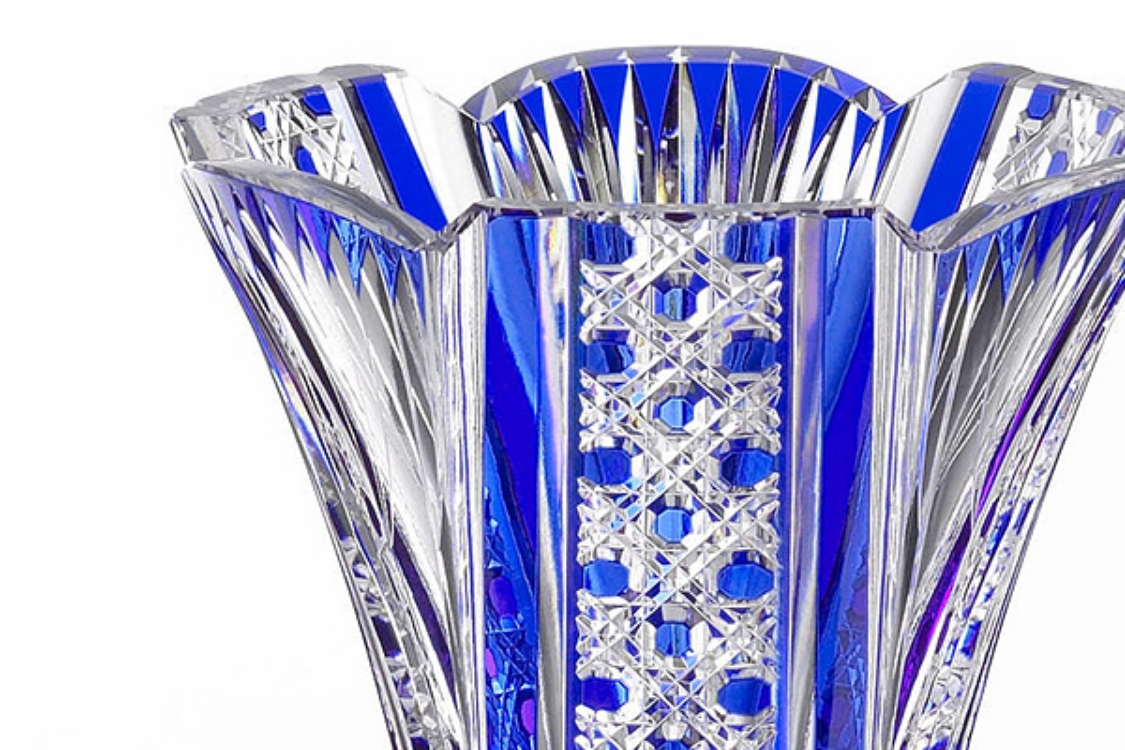
Edo Kiriko
The first Edo Kiriko, or Japanese traditional cut glass, originating to the Edo period, is believed to have been made by Kyubei Kagaya, a master glass craftsman in Odenma-cho, Edo or old Tokyo in the late Edo period. (From 1603 to 1868.) Edo Kiriko was created and nurtured by the townsmen of Edo. Since then, for over 180 years, its excellent designs and finest techniques have been handed down to generations of Kiriko craftsmen.
Edo Kiriko is highly reputed for the most exquisite and delicate cutting, and designated by the Japanese government as the traditional craftwork. It is very popular both in Japan and abroad as a gift symbolizing Japanese culture.
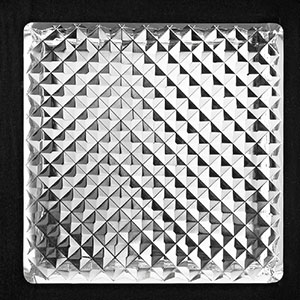
Nanako, or fish scales
An intricate cut pattern that shimmers like rows of fish scales under light.
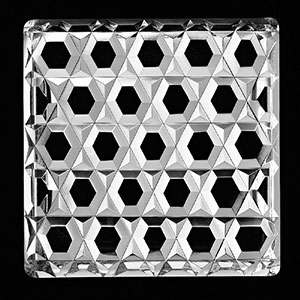
Rokkaku Kagome, or hexagonal basket weave
Composed of cut lines that resemble the hexagonal mesh pattern woven into a bamboo basket.
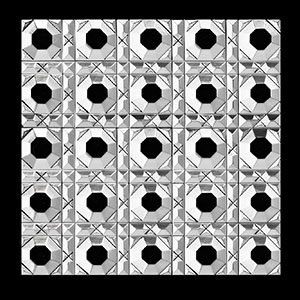
Hakkaku Kagome, or octagonal basket weave.
Composed of cut lines that resemble the octagonal mesh pattern woven into a bamboo basket.
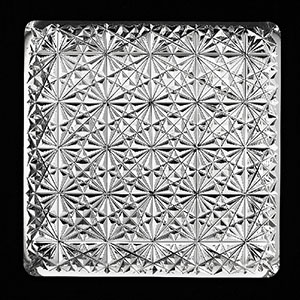
Kiku Tsunagi, or chrysanthemum mesh
Composed of intricate cross cuts depicting chrysanthemum flowers blooming in a row.
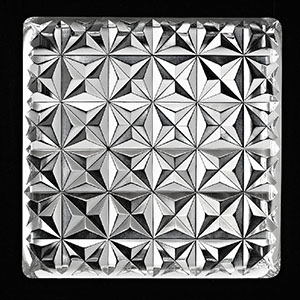
Asanoha, or hemp leaves
A cross-cut pattern representing hemp leaves. Derived from a traditional design also used for Kimono, a traditional Japanese garment.
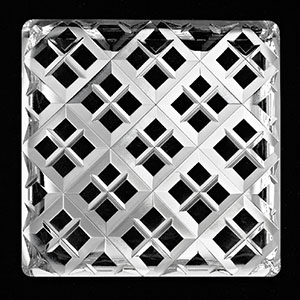
Yarai, or bamboo fence
A pattern representing the structure of a fence made of bamboo or logs.
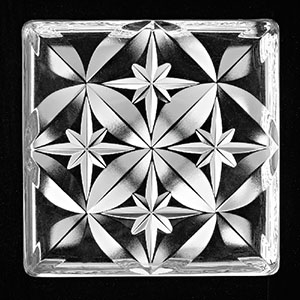
Shippo or seven treasures
Composed of repeating pointed oval shapes.
Derived from one of the traditional patterns called "Circle mesh".
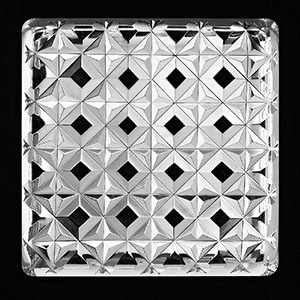
Shikaku Kagome, or tetragonal basket weave
Composed of cut lines that resemble the tetragonal mesh pattern woven into a bamboo basket.
